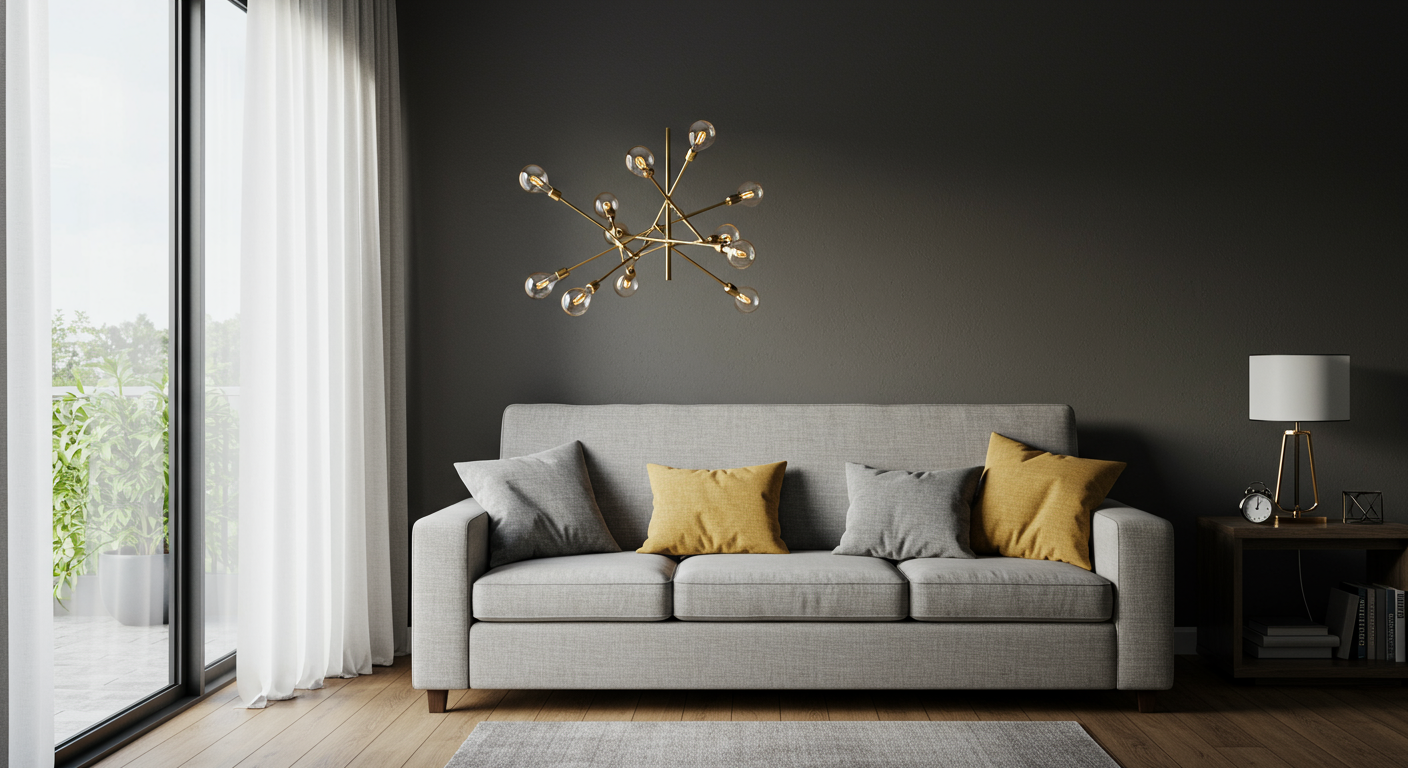Lighting plays a crucial role in shaping the ambiance and functionality of any space. Whether you’re designing a cozy living room, a productive home office, or a welcoming kitchen, understanding how to use layered lighting can transform your environment. In this ultimate guide, we’ll explore what layered lighting is, why it matters, and how to master it in your home.

What is Layered Lighting?
Layered lighting refers to the strategic use of multiple light sources at different levels and intensities to create a balanced and versatile lighting scheme. Instead of relying on a single overhead fixture, layered lighting combines three main types of lighting:
- Ambient Lighting: The general, overall light that illuminates the entire room.
- Task Lighting: Focused light that helps you perform specific tasks like reading, cooking, or working.
- Accent Lighting: Decorative lighting that highlights architectural features, artwork, or adds mood and depth.
By layering these types, you can adjust the lighting to suit different moods, times of day, and activities.
Why Choose Layered Lighting?
- Flexibility: You can customize the lighting for various activities and moods.
- Depth and Dimension: Layered lighting adds visual interest and makes a room feel more inviting.
- Improved Functionality: Task lighting improves productivity and reduces eye strain.
- Highlighting Features: Accent lighting can draw attention to your favorite décor or architectural details.
How to Create the Perfect Layered Lighting Scheme
1. Start with Ambient Lighting
Ambient lighting is the foundation. This can be achieved through ceiling-mounted fixtures like chandeliers, recessed lights, or flush mounts. Consider dimmable options to control brightness throughout the day.
2. Add Task Lighting
Identify areas where specific tasks occur and add appropriate lighting. For example:
- Desk lamps or adjustable sconces for reading or office work.
- Under-cabinet lights in the kitchen for food prep.
- Vanity lights in the bathroom for grooming.
Task lights should be bright but glare-free and adjustable if possible.
3. Incorporate Accent Lighting
Accent lighting adds drama and personality. Use it to highlight artwork, plants, architectural details, or textured walls. Options include:
- Track lighting with adjustable heads.
- Wall washers or picture lights.
- LED strip lights hidden behind coves or moldings.
Accent lights are usually brighter than ambient lighting but focused on smaller areas.
4. Use Dimmers and Smart Controls
Dimmers allow you to adjust the light intensity easily, enhancing the layered effect. Smart lighting systems can automate lighting scenes, making it simple to switch between different moods with a tap or voice command.
5. Consider Color Temperature
Mixing warm and cool light sources can affect the room’s feel. Warm light (2700K-3000K) creates a cozy atmosphere, while cooler light (3500K-5000K) is better for focus areas. Try to keep the color temperature consistent within each layer for harmony.
Tips for Different Rooms
- Living Room: Combine a central chandelier (ambient), floor lamps near seating (task), and wall sconces or picture lights (accent).
- Kitchen: Use recessed ceiling lights (ambient), under-cabinet LED strips (task), and pendant lights over an island (accent).
- Bedroom: Soft overhead lighting (ambient), bedside lamps (task), and wall-mounted reading lights or LED strips under the bed frame (accent).
- Bathroom: Ceiling lights (ambient), vanity lights on either side of the mirror (task), and waterproof LED strips around the tub or shelves (accent).
Final Thoughts
Layered lighting is an essential design technique that enhances both aesthetics and functionality. By thoughtfully combining ambient, task, and accent lighting, you can create spaces that are not only beautiful but also adaptable to your daily needs. Experiment with different fixtures, placements, and controls to find the perfect balance for your home.
Illuminate your space with confidence and watch how layered lighting transforms your living experience!




